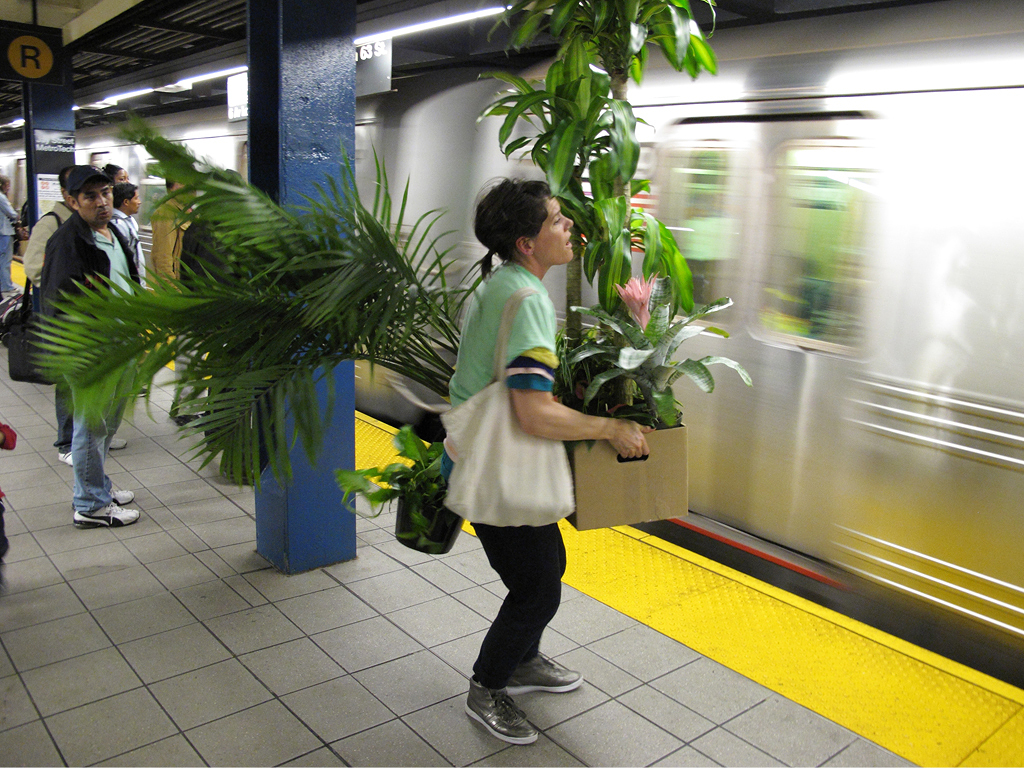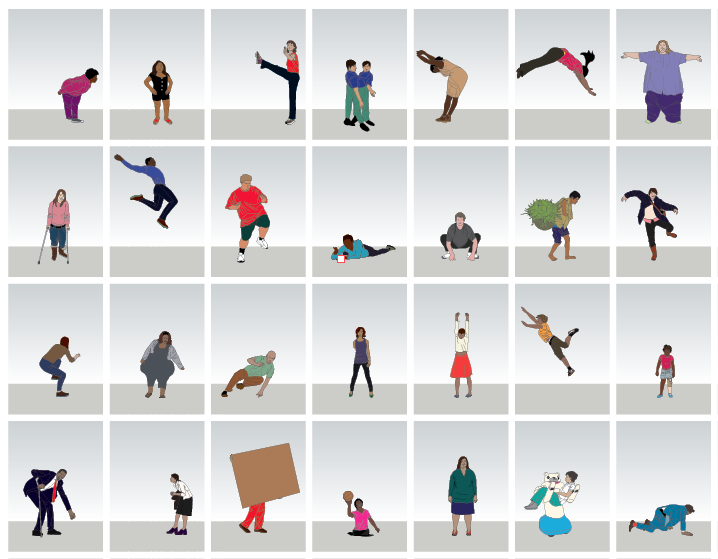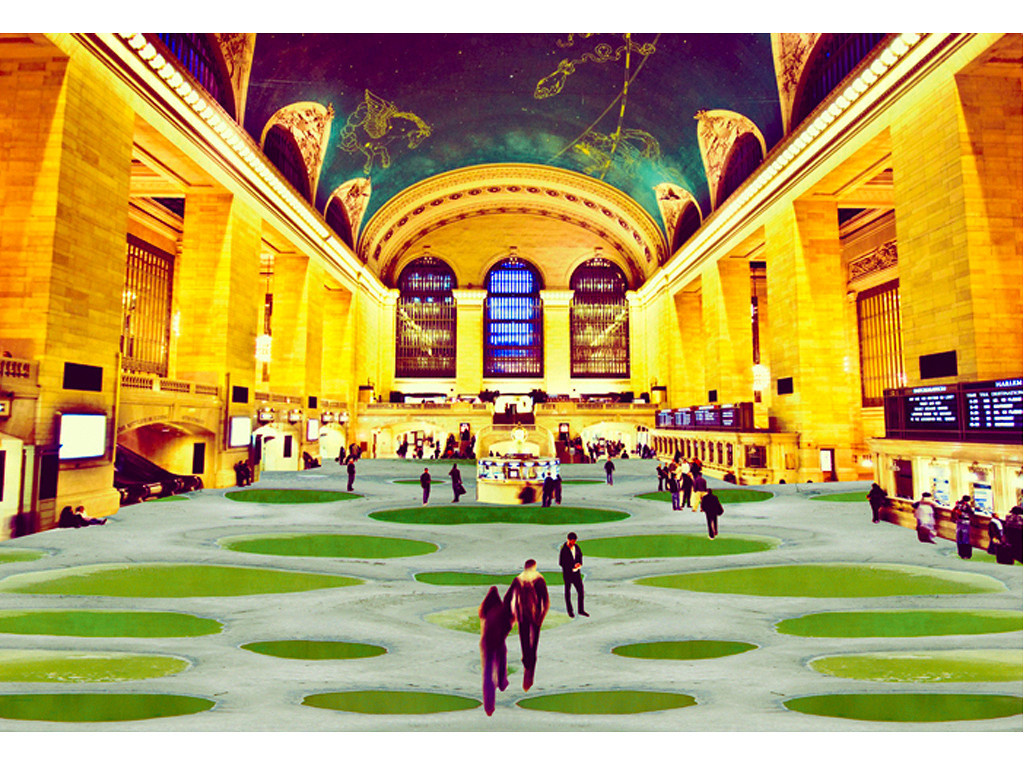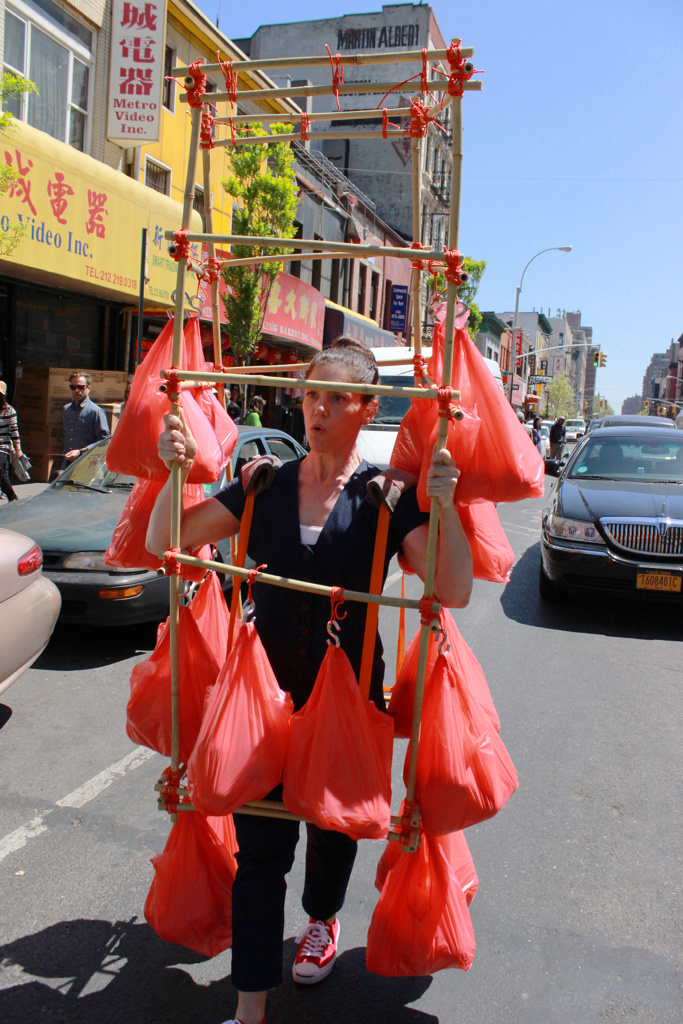Performance is the way to a change of consciousness,
Not only for the performer but for the viewer.
Marina Abramovic
Performance is, in the words of theorist Patrice Pavis, «a kaleidoscopic multi-thematic discourse»; a language that connects, without preconceived notions, the visual arts, dance, architecture, music, video, narration, theater, cinema, and poetry to create an apparently indefinable act. The term performance is not present in the Dictionary of the Royal Spanish Academy, but it is used in the arts to refer to the art of action. It is also (and by a truncated semantic contagion) employed more and more often to speak of social and political questions, and to account for corporal practices and explorations.
The basis of performance has always been anarchic: a permissive medium with no fixed limits, with endless variables, made by artists who have lost their patience with the limitations of established art. Any strict definition of performance would immediately deny the possibility of its realization. In Performance Art: From Futurism to the Present, historian Roselee Goldberg argues: «no other artistic form of expression has such a boundless manifesto, since each performer makes his or her own definition in the very process and manner of execution.» Jeff Nuttal adds: «Strictly speaking, performance art does not mean anything.” Is performance a form? a language? that rebels against categorization.

But what is the objective of this fusion of the arts? Does this linkage of speeches point to the spectacular, or to closeness with the everyday? Certainly, art seems to have agreed to keep a certain distance from life itself, a distance from what is natural and imperceptible to us. In La dimensión estética del hombre, J.D. Calderaro associates artistic pursuit with human dissatisfaction: «Art encloses the drama of man, unsatisfied with his existence: no noises of nature but music; no natural landscapes but paintings; no language for coexistence but for literature; no world and life, but art.” Robert Schechner, theorist and performance scholar reflects in a similar line: “Making art is the process of transforming raw experience into palatable forms. This transformation is a mimetic, a representation. Such, at any rate, is the heart of the mimetic theory. In non-mimetic art, the boundaries between “life” and “art” – raw and cooked – are blurry and permeable.”
So how do you make the real not seem meager? What is the role of performance in this disjunction between art and life? What human content shapes art?
From Allan Kaprow to Nancy Nowacek, performance is perhaps the multidisciplinary discourse that best fits daily life. It is a participatory, sensorial, ephemeral language: a fragment of life. Nancy Nowacek, like all performers, has forged a hybrid definition of her work through projects that allow her ideas to derive in the ways of theater, design, drawing, architecture, engineering, activism, sculpture, and community work. The New York-based American artist teaches in the Department of Performance Studies at Tisch School of the Arts (NYU), created in 1980 by Robert Schechner, whose theories approach performance as the representation of our multiple identities: Performance = Life.
The Body
In Nancy Nowacek’s work, the body is the instrument of verification of reality, of everyday life. The revaluation of the body implies studying it from new points of view, as a fragile and transformable entity. The body shelters our aesthetic conceptions, the exaltation of our emotions. Our individual identity, social and ideological, rests in the confines of the body, waiting to be converted into action, expression: performance.

For Nancy Nowacek, the body is a complex artifact, a result of its encounter with space and social dynamics. In our (post) industrialized contemporaneity, where machinery and technology have displaced many bodily possibilities, Nowacek tests her own physical capacities; she becomes linked with structures that expand her figure and dialogue with her environment. It is unsurprising that she trains six days a week to achieve an anatomy that resembles a machine. For Nowacek, the body is the goal and the medium: an object, a channel of expression, and a prolongation of the imagination.
As stated by Armando Rojas Guardia in El Dios de la intemperie:
The starting point of the Nietzschean conception of the subject is precisely the body. But one finds two different words to refer to the body in his work: one is “khörder,” which designates the body as seen from the outside, externally grasped by the senses, an “extra body”; and another, «leib,” which means the “in-body,” the body as seen (and more than seen, grasped, perceived –enjoyed and suffered–) from within, experienced internally as a vital process, almost in the order of kinesthetic sensations.

This is why the body transcends its material constraints, and when we speak of it we also understand the complex systems and emotions that surround it and give it direction. Referring to Vito Acconci’s work, Goldberg said: “Acconci found a description of how each individual radiated an energy field that included every possible interaction with other people and objects in a given physical space. His works since 1971 dealt with this field of energy between himself and others in specially constructed spaces: he was interested in ‘establishing a field where the public could be so that it became part of the physical space in which I moved.’”
Space
The performance, as a proposed critical and conceptual simulacrum, produces an estrangement. Its tendency to unearth unconventional spaces generates infinite questions: What is space? Is it the place that surrounds us, the environment in which we develop? Is it tangible? Is it sensible? Am I part of it, or is it part of me? Is my body a space of representation? What does its metamorphosis consist of?

In this case, Nowacek is concerned with the dynamics that emerge in public space. Yugoslav artist and performer Braco Dimitrijevic already described public space as an area of cultural heritage: “Public space is a coded structure which produces, accommodates and reflects the myths of ideology: a public building, a triumphal arch, a war memorial or a monument are not only the architectural and aesthetic vocabulary of the urbs, they are also signs of the dominant ideology and are charged with its connotations and values.” What is our collective imaginary regarding public space? Do we observe and experience public space in Caracas by means of a tragic, pathetic, even absurd decoding? Why does Cabrujas describe a city submerged in the private, a life behind four walls –the drama concealed by the inability to live in public–? Spanish theorist Remedios Zafra has also affirmed: «Private space happens to be that absolutely precious place where my body, like I (as an image, as a name, as a multiplicity) am free, even free to become disabled.» What is public space, then? What constitutes a full use of the public in the art-life-thought relationship?

Nowacek employs space to explore the perversities of every society. In this case, the (un)-use of public spaces in Caracas generated an impulse towards recovery, to inject life into what appears desolate, thus honoring the words of Mijail Batjin: «Nothing is absolutely dead, each sense will have its resurrection feast.” This is perhaps why, while conceiving La Nave/-SHIP, Nowacek studied the relationship of the citizens of Caracas with their city: a collective and ecological construction sailed through the streets of a city with a conflictive and violent public identity.
Understanding how people make use of spaces –and how they invest in the creation of meaningful ones– has become a topic of great interest, not only within the experimental arts but also in cultural studies, geography, anthropology, history, literature, and even economic and political sciences. Exploring the agreements between individuals –identities and interests– through space, and the transformation of space itself is perhaps the epicenter of Nowacek’s work. She describes La Nave/-SHIP, which she created during the La Silla Del Diablo residency, as a work that “aspires, therefore, to illuminate new possibilities that allow us to sketch our own horizon and draw our own clouds.” Her interpretations of a new cartography of space expand the grammar of the body, its environment and its functionality, and also honor artist, author, and curator Willoughby Sharp:
«The work is not put in a place, it is that place.”



References:
Calderaro, J.D. Dimensión estética del hombre. Buenos Aires: Editorial Paidós, 1961.
Dimitrijevic, Braco. Tractatus Post-Historicus. Slought Foundation, 2009.
Goldberg, Rosalee. “Space as Praxis”.
Pavis, Patrice. Diccionario del Teatro. Dramaturgia, Estética, Semiología. Madrid: Paidós, 1998.
Rojas Guardia, Armando. El Dios de la intemperie. Caracas: Editorial Mandorla, 1985.
Schechner, Robert. Performance Theory. Routledge Classics, 2003.
About the author:
Gabriela Mesones Rojo (1989) is an editor at Backroom Caracas, writer, and cinema critic. She holds a degree in Arts from Universidad Central de Venezuela. She has been published in online platforms, both national and international.
















